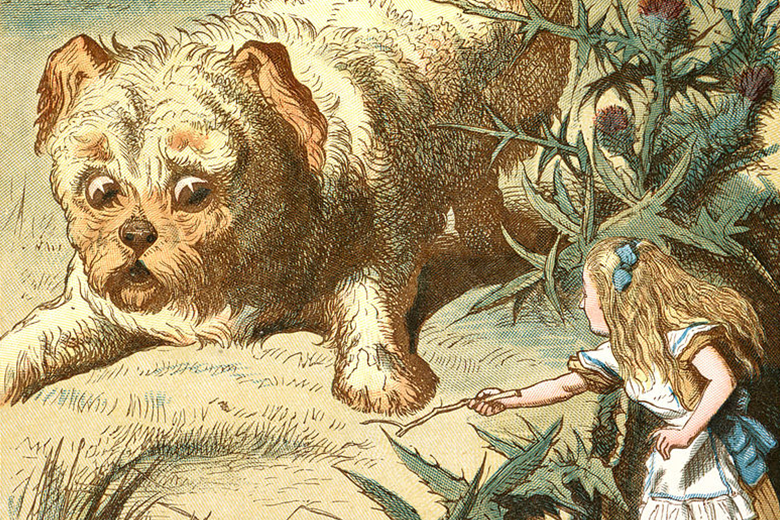AiWS involves changes to parts of your brain that deal with sensory information -- what you see and hear. Is a disorienting neuropsychological condition that affects perception. These changes affect how you see your own body and its relation to the world around you.
Doctors aren't sure why some people have these unusual changes in perception. Epstein-Barr Virus appears to be the most common cause of AiWS in children, while for adults it is more commonly associated with migraines or to a lack of sleep.... But it also can happen to patients with epilepsy, stroke, depression or schizophrenia, or after taking medication like cough syrup, allergy medicines, and the anti-seizure drug topiramate (Topamax).
AiWS symptoms occur transiently during the day for short periods of time, with most patients describing their symptoms as lasting anywhere between 10 seconds to 10 minutes. This, combined with the typically short duration of the syndrome (a few weeks or months), suggests that Alice in Wonderland Syndrome typically causes a relatively short-term disruption of normal functioning.
There's no treatment for AIWS, but you may be able to avoid the strange sensations by switching to a diet designed to help you have fewer migraines including:
- Eating foods like fruits, vegetables, eggs, fish, meat, and poultry.
- Instead of three big meals, eating five to six smaller meals throughout the day. Hunger can cause headaches in some people.
- Staying away from foods that set off your headaches. Common migraine triggers include alcohol, the sweetener aspartame, soft or aged cheeses, monosodium glutamate (MSG), and processed meats like hot dogs and bacon.
And remember, talk about it, you’re not crazy. The difference between madness and having AiWS is that in the second one you know consciously that what you see are only hallucinations, just like Lewis Carroll, while in the first one you think your hallucinations are the real world...
Photograph by @The British Library
